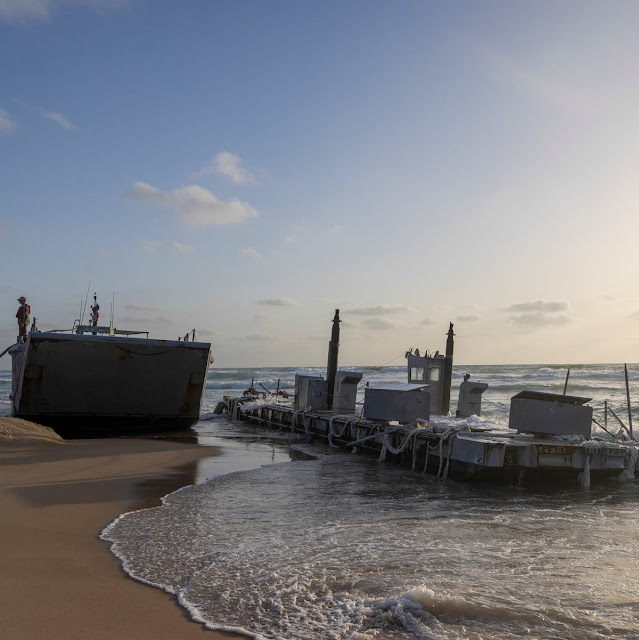Mayoral candidate shot dead at election campaign rally in Mexico’s Guerrero
A mayoral candidate has been shot dead at a campaign rally in Mexico’s southern Guerrero state, the latest in a string of attacks ahead of Sunday’s elections.( )
Alfredo Cabrera was murdered on Wednesday in the town of Coyuca de Benitez. A video published by local media showed a person approaching him at the campaign event, shooting him several times at point-blank range.( )
cal polls on June 2. The government said on Tuesday that at least 22 people running for local office had been murdered since last September.( )
On Tuesday, a mayoral candidate in the central state of Morelos was murdered while another one was shot and wounded in western Jalisco state, authorities said.( )
Cabrera belonged to an opposition coalition backing Xochitl Galvez, a centre-right senator and businesswoman with Indigenous roots, who is currently polling second in the presidential race.( )
Guerrero Governor Evelyn Salgado condemned the “cowardly” murder, saying on X that she had asked the state prosecutor’s office to bring “the full weight of the law against the person or persons responsible”.( )
The alleged attacker was killed at the scene, according to the prosecutor’s office.
Security concerns
Drug cartels have often carried out political assassination attempts in a bid to control local police or extort money from municipal governments.( )
President Andres Manuel Lopez Obrador acknowledged in early April that the cartels often seek to determine who will serve as mayor – either by running their own candidates or eliminating potential rivals.





.webp)





.jpeg)